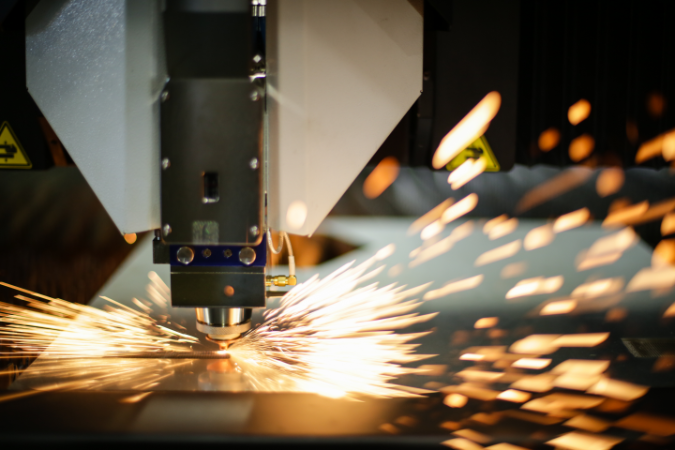
Decoding laser cutting: What materials can be used on a laser cutter?
Laser cutting has become an established and popular way to cut a range of materials, largely thanks to its accuracy and versatility. The speed of cutting also means it is exceptionally useful for cutting large quantities of materials safely over a short period of time. Thanks to these qualities and the sheer diversity of laser cutter materials, this form of cutting technology has revolutionised production in a number of key industrial sectors. But perhaps the most frequently asked question about these machines is: what materials can be used on a laser cutter?
In the below guide, we’ll outline the types of materials most suited to laser cutting and why. Follow the guidelines and you should be able to achieve incredibly accurate laser cutting - quickly, safely and efficiently.
Metals
Various metals, such as aluminium and steel, are ideally suited to laser cutting. Fibre lasers are able to make very clean and extremely accurate cuts in these types of metals, making them a great fit for both industrial processes and education facilities such as schools and engineering workshops. Cuts are of a very high quality, ensuring products and processes are delivered to the highest possible standards, instilling the principles of good workmanship from the outset.
Natural materials
These are materials made from naturally occurring source materials, and include wood, paper, cardboard, and other types of building materials such as MDF and chipboard. Cuts can be made quickly and cleanly, meaning laser cutters can be an essential part of the construction, craft and prototyping processes. Laser cutting can also be used for fabrics and leather, making it useful in a textile environment. Laser cutting really can carve open a range of different opportunities.
Specialised materials
As mentioned, laser cutting is highly flexible and versatile. As such, as well as cutting metals and natural materials, it can also be used to make neat and accurate cuts in a variety of specialised materials, including rubber and foam. It’s also suitable for use with a wide selection of composite materials, again expanding laser cutting applications across a huge range of diverse industries.
The sheer variety of laser cutting applications in varied industrial sectors makes a cutter an essential tool for educational facilities looking to give students a solid grounding in engineering and industrial processes. Having established itself as one of the most efficient and safe ways of cutting materials in recent decades, its diverse application makes it a core tool for aspiring students in multiple fields.
If you would like to know more about laser cutting materials or to find out how specific cutting devices can be used on various laser materials, then contact us to discuss your requirements. Our team is always happy to talk through our product range and make recommendations based on the information you provide. As laser cutting continues to change the way many industrial processes are carried out, it is more important than ever to stay up to date with the latest developments in material cutting.
Image Source: Canva



